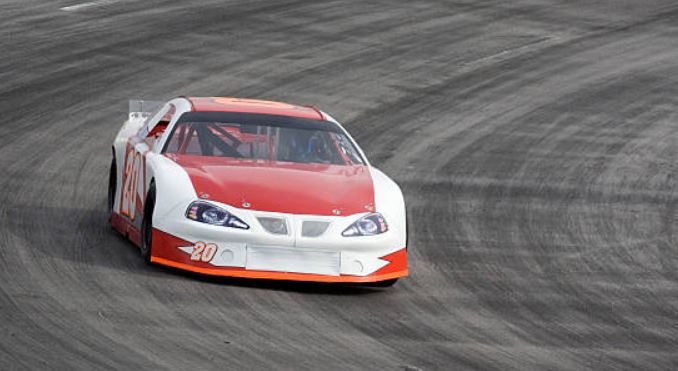If you’re a NASCAR racing fan, you probably have a favorite driver. After all, NASCAR is a lot like a soap opera or a movie: drivers are Good Guys or Bad Guys, and then there’s Your Guy.
You want to know as much as possible about your driver, so you’ll have the background when you watch the race each week on TV or in person at the track.
But if you aren’t listening to your driver’s radio communications, you’re missing out on a whole world of intrigue. The radio link between a driver and his Crew Chief back on the pit box is a vital tool in their quest to cross the finish line first.
Even though everyone involved knows that NASCAR officials (and fans) monitor the frequencies, the heat of a race means lots of spontaneous comments and outbursts.
Most of the conversations are routine. The spotter, who sits high above the track, will call out car positions: “Three wide or The 6 car’s in your mirror.”
When it’s time to head for the pits for service, the driver will start rattling off the car’s condition, telling the Crew Chief if the suspension needs to be adjusted or what he thinks of the tires. In return, the Crew Chief will radio back what he plans to do to fix the car.
The most interesting conversations, though, happen when things go wrong. Drivers say what they think, and that gives you a clue into their personality and how they feel about the race.
During one recent race, Michael Waltrip, who is having a tough season, told his crew what was wrong with Car 55. It was shaking badly, and he held the microphone open so they could hear his voice vibrate along with it.
The Crew Chief asked him, “What do you want us to do?”
That’s when Waltrip, in a rare display of anger, shouted into the radio, “I don’t know! That’s your job! I tell you the symptoms, and you figure out how to fix it.”
If you watch the race on TV, you’ll find that a great deal happens while the network is in a commercial break. Another drawback to watching on TV is that they can only cover so many drivers at a time, and yours may be left out.
Fortunately, you can listen to those radio transmissions at the track or at home.
At The Track:
You have two options. You can bring your own scanner or rent one. Serious race fans have their own and have their drivers’ frequencies programmed into them in advance.
Radio Shack sells a scanner that’s pre-programmed with NASCAR channels, but it is very simple to buy a “regular” scanner (about 80-120) and find the frequencies on-line. If you buy your own, you will also need to buy a heavy “double-muff” headset.
This is very important because the engines are so loud that you will no be able to hear your scanner with anything less. Walkman-style headphones, Ear Buds, or earphones will not work. Even at top volume, the roar of the cars will drown out the sound.
If you rent a scanner at the track, it comes with those headsets, and the radio is pre-programmed as well. Renting will set you back about 50 for the weekend, so if you’re going to more than one race, buying is the way to go.
At Home:
If you watch the races at home, you can still listen to the scanner traffic. Through its website, NASCAR offers a subscription to Raceday Scanner, which lets you listen to drivers through your computer.
(Note that not all drivers are available, so you’ll want to check and see if yours is one of them.) The ideal setup is a laptop computer you can move near the TV or a desktop that happens to be nearby, with a broadband connection.
The sound is delayed about six seconds because of the time it takes to get to your computer, but it is still well worth the minimal cost to subscribe.
There’s a lot going on that you don’t know if you aren’t listening in. Once you hear the behind-the-scenes action, NASCAR racing will never be the same.

